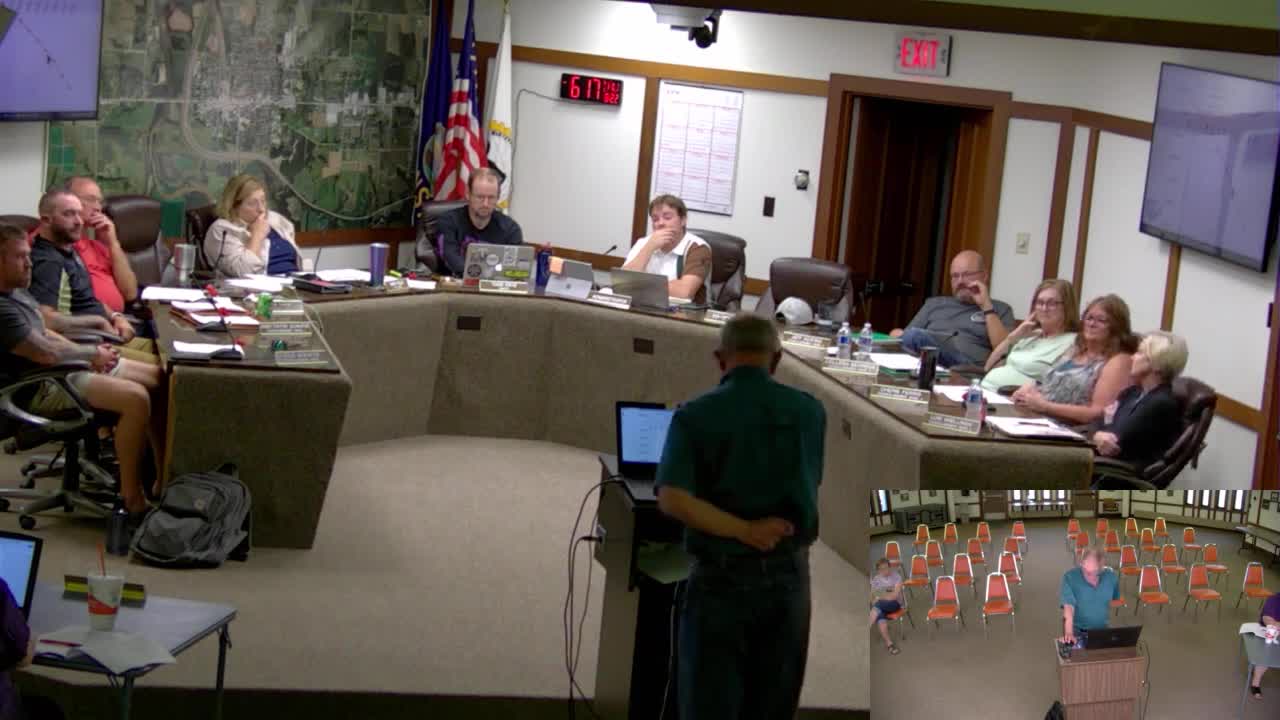Infrastructure crisis looms as aging systems demand urgent repairs
August 22, 2024 | Marysville, Marshall County, Kansas
This article was created by AI summarizing key points discussed. AI makes mistakes, so for full details and context, please refer to the video of the full meeting. Please report any errors so we can fix them. Report an error »

In a recent government meeting, officials addressed the pressing need for infrastructure upgrades, highlighting the aging systems that have served communities for decades. Many local governments, having invested heavily in infrastructure post-World War II, are now facing the reality that much of this essential equipment—such as water, sewer, and electrical systems—is nearing the end of its lifespan, with some components over 80 years old.
The discussion emphasized that while some towns may currently have lower utility bills, this is often due to their reliance on outdated infrastructure. As these systems deteriorate, the financial burden of necessary upgrades will inevitably fall on residents. The officials noted that infrastructure is typically not replaced incrementally; rather, it is maintained until it fails, leading to significant costs when repairs or replacements become urgent.
To address these challenges, a capital improvements plan was presented, which includes a lagoon wetland project estimated at $1.8 million, with a combination of borrowed funds, grants, and cash contributions. The immediate cash impact on the budget is projected at $240,000, while the long-term debt service will affect future financial planning.
This meeting underscored the critical need for proactive investment in infrastructure to avoid larger financial crises in the future, as communities grapple with the consequences of deferred maintenance and aging systems.
The discussion emphasized that while some towns may currently have lower utility bills, this is often due to their reliance on outdated infrastructure. As these systems deteriorate, the financial burden of necessary upgrades will inevitably fall on residents. The officials noted that infrastructure is typically not replaced incrementally; rather, it is maintained until it fails, leading to significant costs when repairs or replacements become urgent.
To address these challenges, a capital improvements plan was presented, which includes a lagoon wetland project estimated at $1.8 million, with a combination of borrowed funds, grants, and cash contributions. The immediate cash impact on the budget is projected at $240,000, while the long-term debt service will affect future financial planning.
This meeting underscored the critical need for proactive investment in infrastructure to avoid larger financial crises in the future, as communities grapple with the consequences of deferred maintenance and aging systems.
View full meeting
This article is based on a recent meeting—watch the full video and explore the complete transcript for deeper insights into the discussion.
View full meeting
